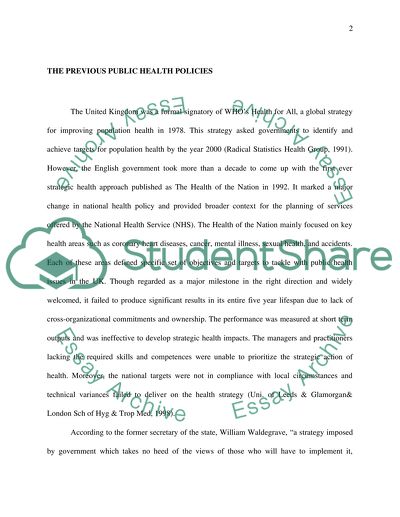Cite this document
(“Public Health Policy/Strategy Analysis in UK Essay”, n.d.)
Retrieved from https://studentshare.org/health-sciences-medicine/1444669-public-health-policy-strategy-analysis-in-uk
Retrieved from https://studentshare.org/health-sciences-medicine/1444669-public-health-policy-strategy-analysis-in-uk
(Public Health Policy/Strategy Analysis in UK Essay)
https://studentshare.org/health-sciences-medicine/1444669-public-health-policy-strategy-analysis-in-uk.
https://studentshare.org/health-sciences-medicine/1444669-public-health-policy-strategy-analysis-in-uk.
“Public Health Policy/Strategy Analysis in UK Essay”, n.d. https://studentshare.org/health-sciences-medicine/1444669-public-health-policy-strategy-analysis-in-uk.


